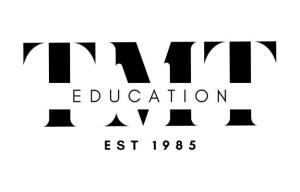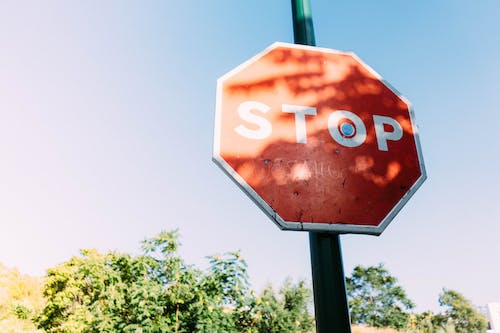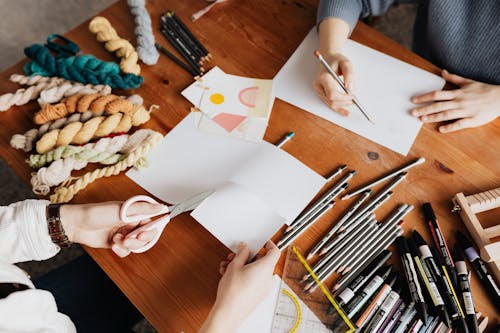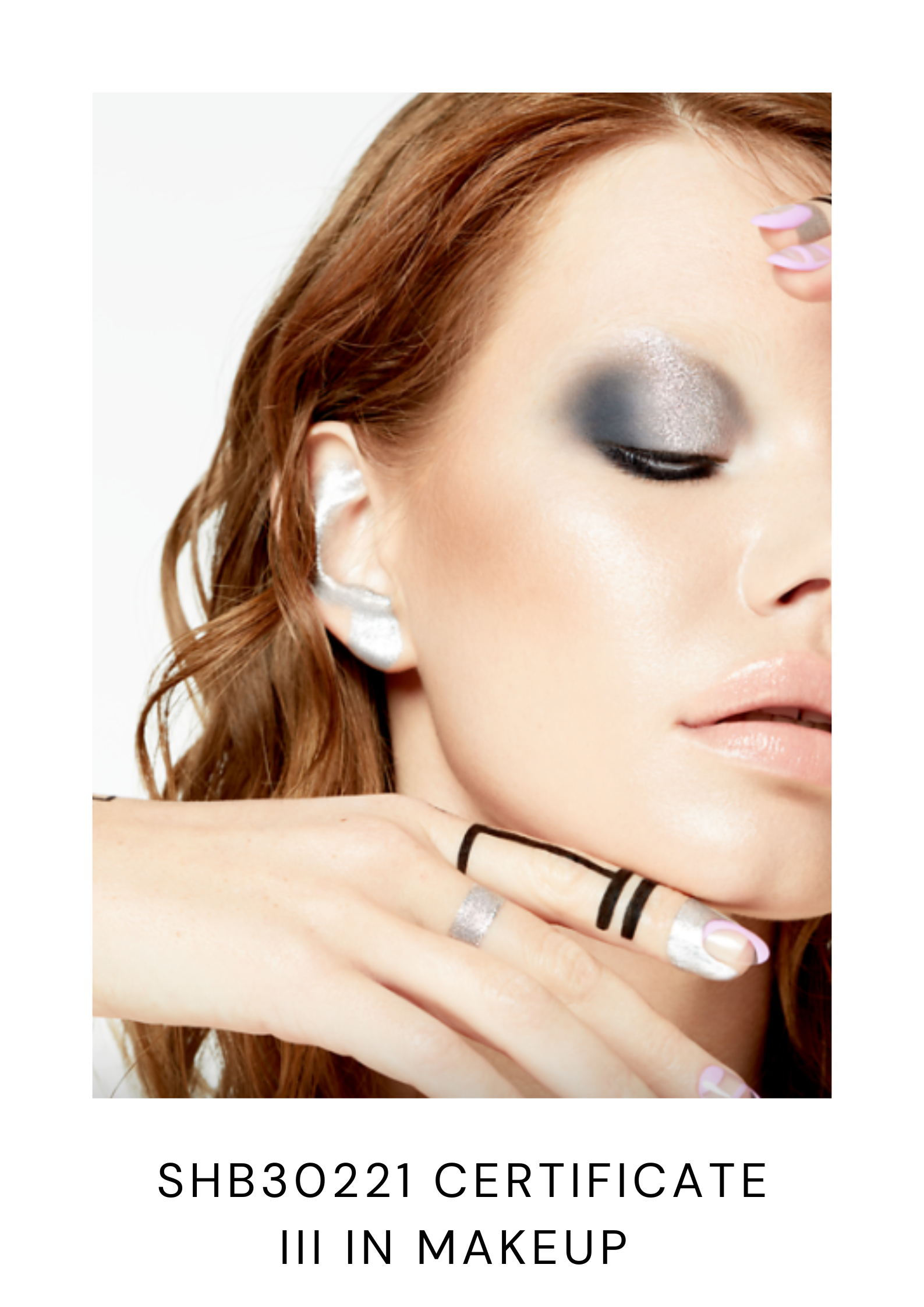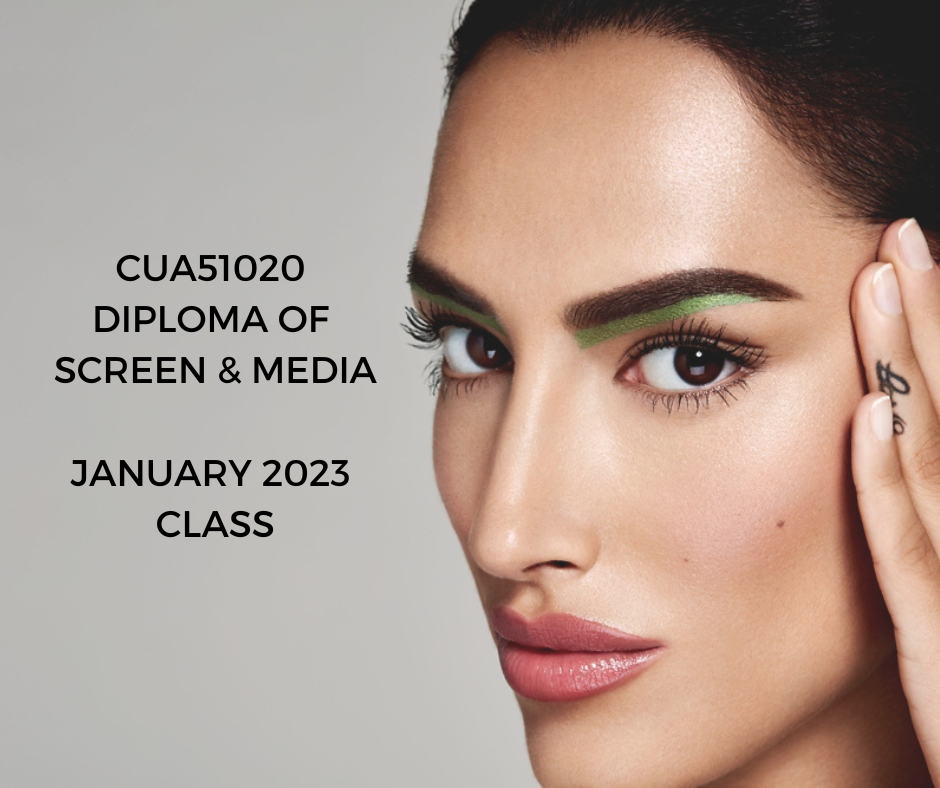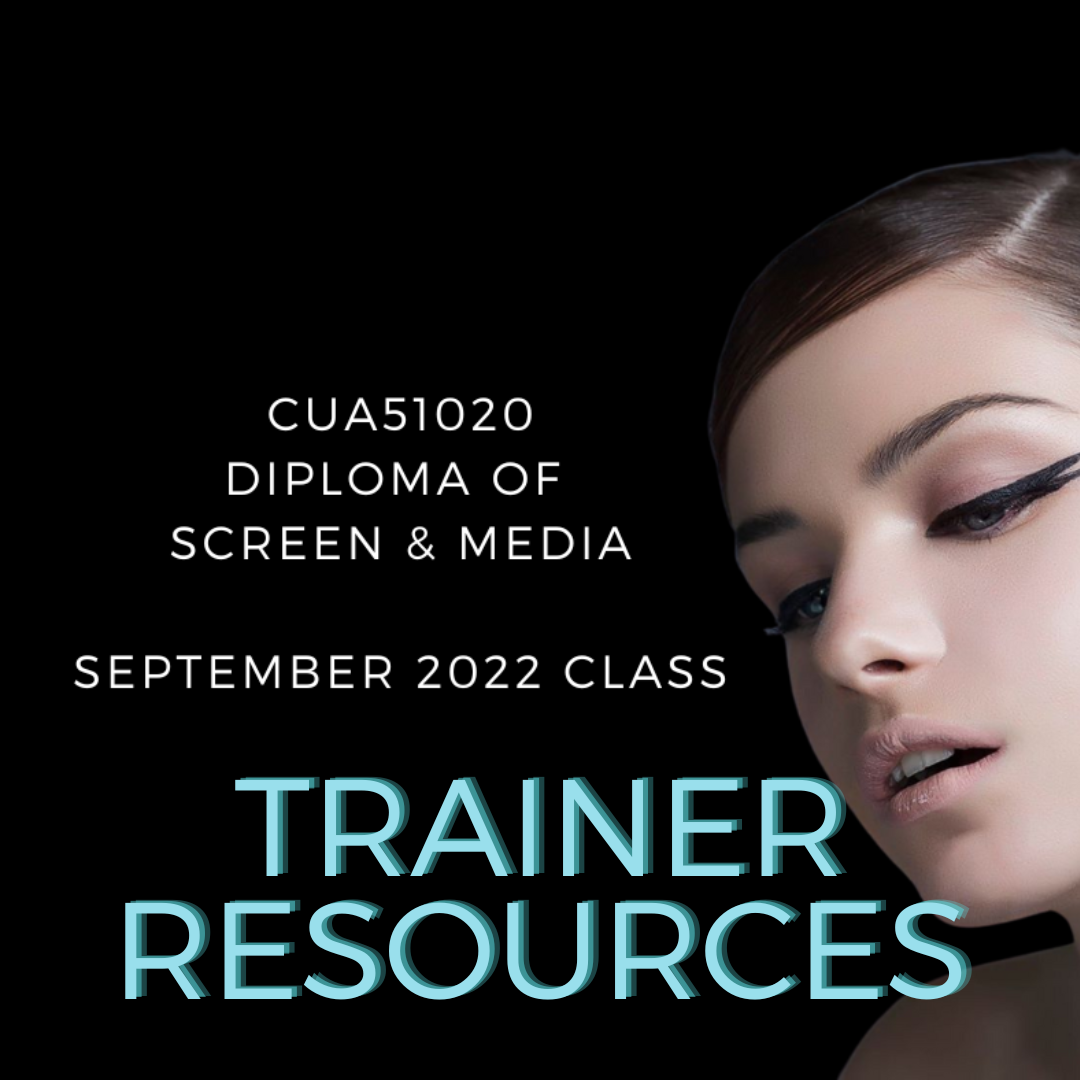- Teacher: Luana Bickel
- Teacher: Fiona Cooper-Sutherland
- Teacher: Kristy Ferrari
- Teacher: Kristy Ferrari
- Teacher: Darren Marshall
TMT Education
Available courses
- Teacher: Luana Bickel
- Teacher: Fiona Cooper-Sutherland
- Teacher: Darren Marshall
- Teacher: Luana Bickel
- Teacher: Fiona Cooper-Sutherland
- Teacher: Darren Marshall
- Teacher: Luana Bickel
- Teacher: Fiona Cooper-Sutherland
- Teacher: Darren Marshall
- Teacher: Luana Bickel
- Teacher: Luana Bickel
- Teacher: Darren Marshall
- Teacher: Luana Bickel
- Teacher: Fiona Cooper-Sutherland
- Teacher: Darren Marshall
- Teacher: Luana Bickel
- Teacher: Fiona Cooper-Sutherland
- Teacher: Darren Marshall
- Teacher: Luana Bickel
- Teacher: Luana Bickel
- Teacher: Fiona Cooper-Sutherland
- Teacher: Darren Marshall
This unit describes the performance outcomes, skills and knowledge required to source information on, and work according to, a range of ethical and professional standards when using social media and online platforms for business purposes.
This key skill underpins effective performance when utilising social media and online
platforms for diverse purposes. It applies to individuals working at all levels from operational personnel through to managers

- Teacher: Darren Marshall
This unit describes the performance outcomes, skills and knowledge required to collaborate with hair stylists, photographers and make-up professionals on make-up productions.
It requires the ability to interpret a make-up brief and liaise with a professional network to design, trial, and apply make-up. They work with stylists, photographers, and other make-up artists on make-up production, and maintain a make-up portfolio for future assignments.
This unit applies to make-up artists who work with a small team of professionals on make-up productions and make independent creative decisions. They have knowledge and skills across specialised make-up techniques and products and working in a team under pressure.

- Teacher: Darren Marshall
This unit describes the performance outcomes, skills and knowledge required to apply
airbrushed make-up for face or body.
It requires the ability to prepare the work area, consult with clients, select make-up products and equipment, and apply airbrushed make-up.
This unit applies to beauticians and make-up artists who work in beauty salons and make-up studios and as freelancers. In this environment they may work as part of a team or autonomously.
They have knowledge and skills of airbrush make-up products, application techniques, and airbrush equipment.

- Teacher: Darren Marshall
This unit describes the performance outcomes, skills and knowledge required to provide lash and brow services that include shaping and colouring.
It requires the ability to consult with clients, and select suitable products and equipment required to perform lash and brow services. Lash and brow services can be an individual treatment or form part of a series of treatments.
This unit applies to beauticians and beauty therapists who work in beauty salons and spas. In this environment they make routine decisions within a defined range guided by manufacturer Information and organisational policies and procedures

- Teacher: Darren Marshall
This unit describes the performance outcomes, skills and knowledge required to apply eyelash extensions for added length and thickness of natural lashes to meet client needs.
It requires the ability to consult with clients, select suitable products and equipment to apply, infill, and remove damaged eyelash extensions. Applying eyelash extensions can be an individual service or form part of a series of services.
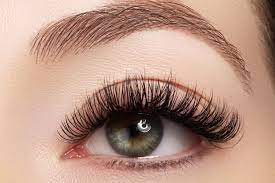
- Teacher: Darren Marshall
This unit describes the performance outcomes, skills and knowledge required to respond to a client brief to design and apply make-up for specialised looks that use creative design and application of make-up.
It requires the ability to refine a brief with a client and then research, design, trial and apply a creative make-up.
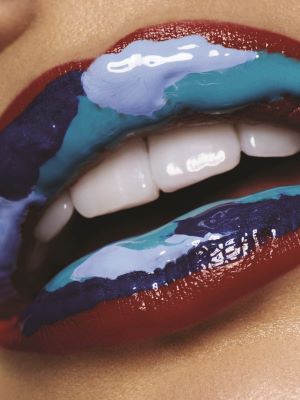
- Teacher: Darren Marshall
This unit describes the performance outcomes, skills and knowledge required to design and apply make-up for photographic shoots in natural and artificial light.
It requires the ability to select products and tools to apply photographic make-up in response to a brief from a client or stylist engaged in a photo shoot

- Teacher: Darren Marshall
This unit describes the performance outcomes, skills and knowledge required to provide a complete customer salon service experience.
It requires the ability to communicate with clients face-to-face or by telephone, schedule appointments, complete salon treatments, attend and respond to client complaints, and assist clients with special needs.

- Teacher: Darren Marshall
This unit describes the performance outcomes, skills and knowledge required to maintain infection control during skin penetration treatments and to review clinic compliance with the applicable state or territory and local council requirements.
It requires the ability to identify, manage and control infection risks to clients, self and work colleagues.

- Teacher: Darren Marshall
This unit describes the performance outcomes, skills and knowledge required to access information and update knowledge of the beauty industry and relevant industry legislation.
It requires the ability to research beauty industry trends, and its relationship to other
industries, and how beauticians and beauty therapists can use this information to enhance own work performance.

- Teacher: Darren Marshall
This unit describes the performance outcomes, skills and knowledge required to advise clients on a range of professional beauty products and services.
It requires the ability to investigate products and services, interpret information, identify client beauty needs and explain available beauty products and services.
This unit applies to workers in nail, make-up, and beauty salons. In these environments, they work in a team but have responsibility for maintaining their own product and treatment knowledge

- Teacher: Darren Marshall
This unit describes the performance outcomes, skills and knowledge required to work in a personal services environment by integrating knowledge of workplace rights and
responsibilities and organisational policies and procedures, and by using effective team and individual work practices to plan and organise daily work activities.
This unit applies to workers in personal service environments including beauty and
hairdressing salons, nail salons and spas. In these environments they make routine service decisions within a defined range in the context of organisational goals, customer service values and standards

- Teacher: Darren Marshall
This unit describes the performance outcomes, skills and knowledge required to apply
specialised make-up products to disguise skin imperfections on the face and body.
It requires the ability to consult with clients, select products and equipment, and apply
camouflage make-up to disguise the appearance of blemishes, birthmarks and scars.
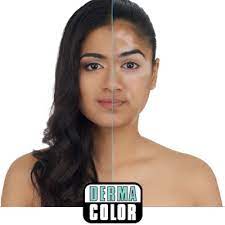
- Teacher: Darren Marshall
This unit describes the performance outcomes, skills and knowledge required to apply facial make-up products for day, evening or special occasions.
It requires the ability to consult with clients, analyse face and skin, and to demonstrate and apply make-up products to suit client needs or make-up brief.
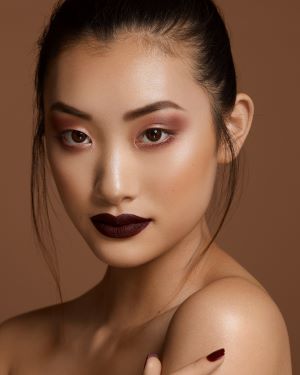
- Teacher: Darren Marshall
This unit describes the performance outcomes, skills and knowledge required to follow safe practices to minimise risks to self, client and colleagues in a salon environment.
It requires the ability to follow hygiene and skin penetration guidelines, clean the work area, use electricity safely, identify and report faults, use personal protection and work safely.

- Teacher: Darren Marshall
This unit describes the skills and knowledge required to undertake a minor project or a section of a larger project. It covers developing a project plan, administering and monitoring the project, finalising the project and reviewing the project to identify lessons learned for application to future projects.
The unit applies to individuals who play a significant role in ensuring a project meets
timelines, quality standards, budgetary limits and other requirements set for the project.

- Teacher: Darren Marshall
This unit describes the skills and knowledge required to engage in a creative process and reflect on own role in the process.
The unit applies to individuals who are working in creative industries, as well as those
involved in broader business and community activities where creative team effort is highly valued.

- Teacher: Darren Marshall
This unit describes the skills and knowledge required to experiment with ideas and techniques to find an individual style or voice throughout a creative project that results in a completed work.
The unit applies to those who have sound technical, conceptual and theoretical skills in a particular area of creative practice, often at a pre-professional level.

- Teacher: Darren Marshall
This unit describes the skills and knowledge required to maintain creative arts industry
knowledge and monitor and manage own professional practice.
This includes applying industry knowledge to research-based work activities, when interacting with others, and when engaging in professional practice in the music industry.
The unit applies to those who have advanced research and analysis skills working as
practitioners, administrators or managers. They could be working in the public or private sector in a variety of contexts.

- Teacher: Darren Marshall
This unit describes the skills and knowledge required to provide continuity services for
make-up and hair in film, television, theatre and photographic productions. It involves
preparing for continuity services, documenting hair and make-up used in different scenes and advising required personnel of any changes.
The unit applies to those who check the make-up and hair of performers is consistent when scenes are watched in the correct sequence, irrespective of the order in which they were shot.
They are crucial in making sure there are smooth transitions between shots and scenes, thus facilitating post-production editing

- Teacher: Darren Marshall
This unit describes the skills and knowledge required to style wigs and hairpieces for
productions in the film, television, photographic and live entertainment industries. It involves confirming wigs and hairpieces are prepared for application, and applying and styling wigs and hairpieces according to production requirements.
The unit applies to those who use different temporary colouring, setting and dressing methods to produce the required appearance of wigs and hairpieces for performers. They may work independently or as a member of a make-up and hair design team and are also responsible for the maintenance of wigs and hairpieces

- Teacher: Darren Marshall
This unit describes the skills and knowledge required to interpret and creatively respond to a design brief through the production of work. Individuals are required to integrate the creative, communication and planning processes that support effective response to a design brief.
The unit applies to those who work in any industry or design context where work is
prescribed by a commissioning agent/client in a brief. Work is carried out independently, although guidance is available if required.

- Teacher: Darren Marshall
This unit describes the skills and knowledge required to provide specialised make-up services for productions in the film, television, photographic and live entertainment industries.
It involves interpreting briefs, generating design ideas and providing specialised make-up services according to production requirements.
The unit applies to those who are in senior roles and who apply make-up creatively, to
enhance the ability of actors to portray characters, and conduct thorough background research to ensure characters are accurately represented. They work alone or on large-scale productions where they could be responsible for supervising others.

- Teacher: Darren Marshall
This unit describes the skills and knowledge required to take a design concept or solution to the implementation stage. It involves confirming the proposed solution, gathering resources required to implement the solution, testing the solution and developing a prototype, and presenting the prototype to required personnel.

- Teacher: Darren Marshall
This unit describes the skills and knowledge required to create different hair styles for
productions in the film, television, photographic and live entertainment industries. It involves generating ideas for hair designs, and working with styling tools and products to create hair styles according to production requirements.
The unit applies to those who use a range of temporary colouring, setting and styling methods to produce current and period hairstyles for performers, models and actors.
They may work independently or as a member of a make-up and hair design team.
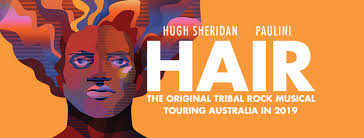
- Teacher: Darren Marshall
This unit describes the skills and knowledge required to design, apply and remove standard make-up for performers and talent appearing in screen and entertainment industry productions. It involves designing make-up plans, preparing work areas, and applying and removing make-up according to production requirements.
The unit applies to those who use their creative skills, working alone or as part of a team, to design and apply make-up that meets production requirements in consideration of corrective make-up principles.

- Teacher: Darren Marshall
This unit describes the skills and knowledge required to determine and respond effectively to broad and specific safety requirements in a professional practice.
It involves determining work health and safety (WHS) requirements, identifying hazards, managing risks, and monitoring and enhancing safety of the practice.

- Teacher: Darren Marshall
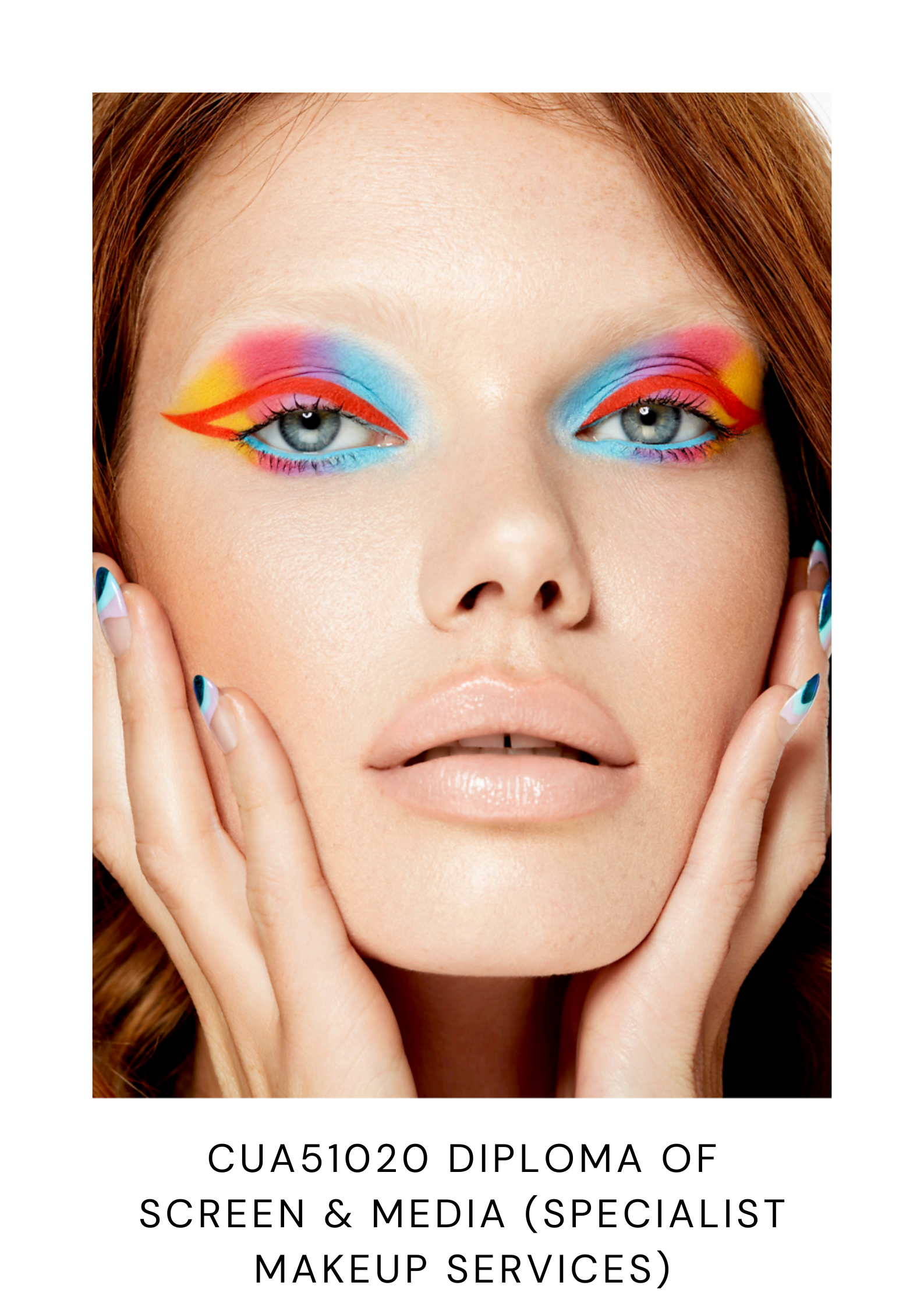
- Teacher: Anita Caffyn
- Teacher: Fiona Cooper-Sutherland
- Teacher: Darren Marshall
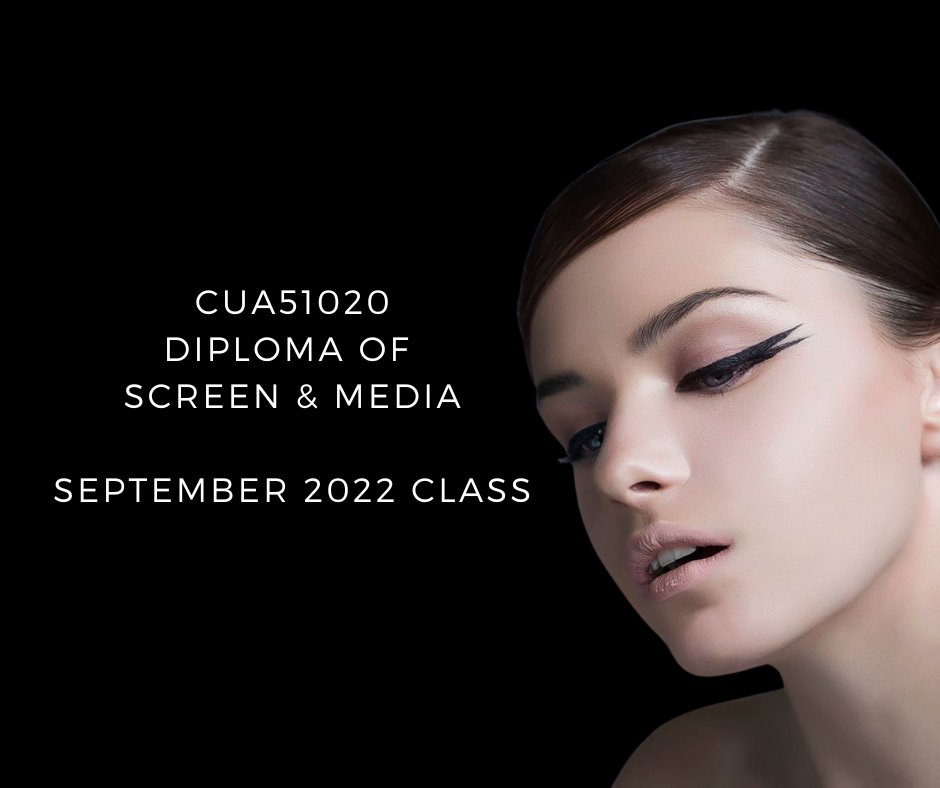
- Teacher: Amelia Biddle
- Teacher: Rachel Dal Santo
- Teacher: Darren Marshall
These two units assessments must be completed before you can sit for any other assessment in the course
- Teacher: Luana Bickel
- Teacher: Amity Smith
